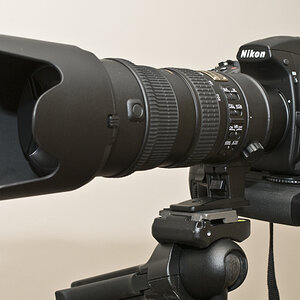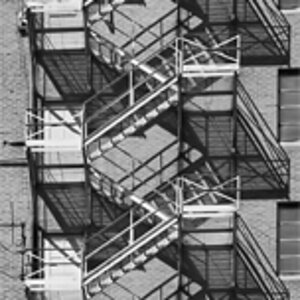homeostasis
TPF Noob!
- Joined
- Jul 4, 2007
- Messages
- 3
- Reaction score
- 0
- Can others edit my Photos
- Photos OK to edit
To start off, I'm cognizant of what metering is (this isn't an aperature and shutter thread).
What I can't figure out is how it works. What reads the metering image on a DSLR? Because your image never makes it to the CCD.
You can understand, this became an important question when I was looking at the process of putting a non CPU lens on my nikon DSLR, and I began to wonder.. What information does a lens exchange with the body? ( As a consequence: ) Why doesn't metering work with a non CPU lens?
Best Regards,
Scott
D70s
PS: it won't even show the exposure level.
What I can't figure out is how it works. What reads the metering image on a DSLR? Because your image never makes it to the CCD.
You can understand, this became an important question when I was looking at the process of putting a non CPU lens on my nikon DSLR, and I began to wonder.. What information does a lens exchange with the body? ( As a consequence: ) Why doesn't metering work with a non CPU lens?
Best Regards,
Scott
D70s
PS: it won't even show the exposure level.






![[No title]](/data/xfmg/thumbnail/32/32149-c054b73653367ec806ccbf8e7c0646d9.jpg?1619735233)

![[No title]](/data/xfmg/thumbnail/31/31977-2b717e032201241cbeae8226af23eba4.jpg?1619735136)




